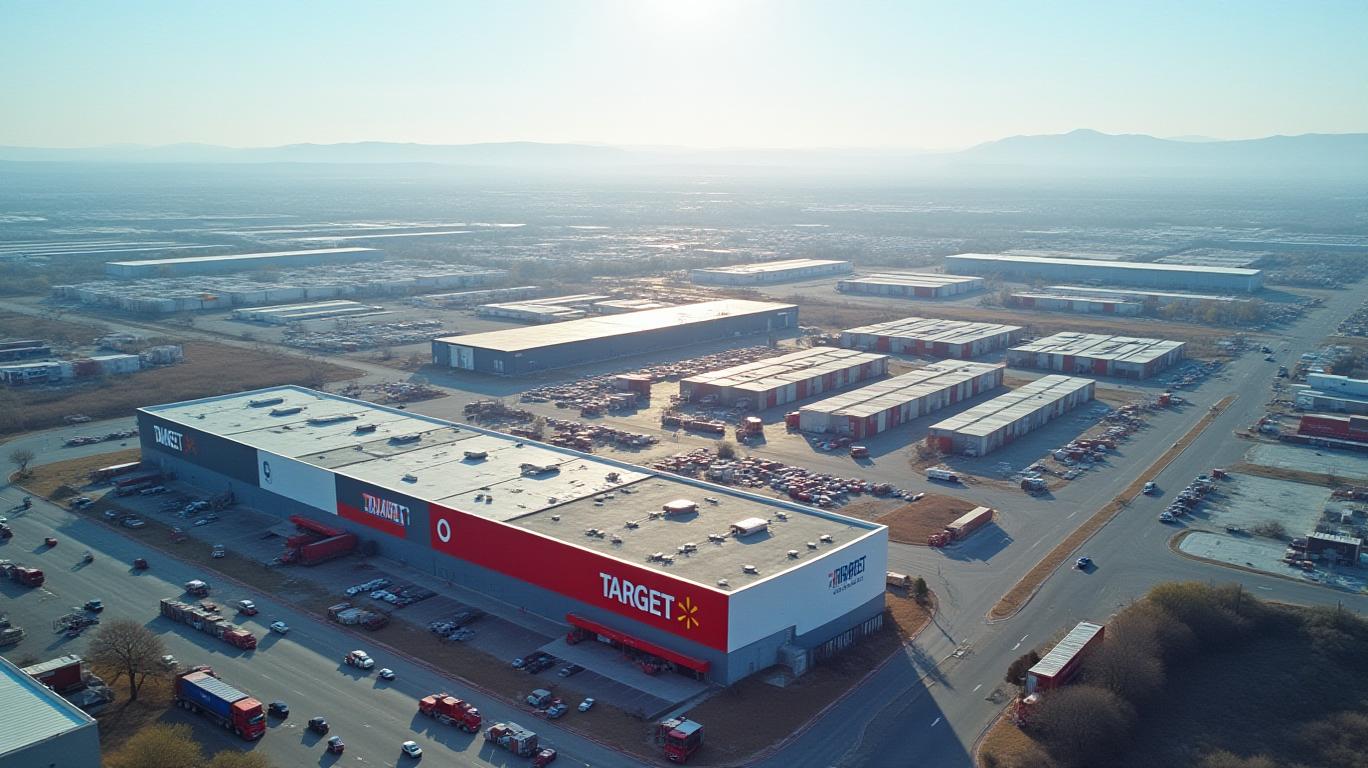Walmart vs. Target: Why Global Diversification and Operational Precision Make Walmart the Trade-Barrier Winner
As trade tensions and tariff volatility reshape the retail landscape, investors must assess which retailers can navigate these headwinds with resilience.
and Target, two retail giants, present starkly different approaches to a world where supply chains and pricing power are under siege. Walmart’s global diversification, operational efficiency, and strategic pricing discipline position it as the superior investment in this environment. Here’s why.
Financial Resilience: Walmart’s Steady Hand vs. Target’s Volatility
Walmart’s Q1 FY2026 results underscore its financial fortitude. Net sales rose 2.5% to $108.7 billion, while U.S. e-commerce sales surged 21%, marking the 12th consecutive quarter of double-digit growth. Crucially, Walmart’s e-commerce division turned profitable for the first time globally, a milestone Target has yet to achieve. Adjusted EPS of $0.61 beat estimates, and gross margins improved by 12 basis points, reflecting disciplined cost management.
Target’s Q1, however, revealed vulnerabilities. Net sales fell 2.8% to $23.8 billion, with comparable store sales down 3.8%. While litigation gains boosted GAAP EPS, adjusted EPS excluding these one-offs dropped sharply. Gross margins compressed to 28.2%, as higher markdowns and supply chain costs bit hard. Target’s low-single-digit sales guidance for 2025 signals ongoing struggles to stabilize its core business.
Operational Edge: Walmart’s Global Sourcing and Target’s Digital Gamble
Walmart’s “Made in the USA” initiative—now covering two-thirds of its product mix—directly mitigates tariff risks. By reducing reliance on Chinese imports, Walmart limits its exposure to unpredictable trade policies. Meanwhile, its advertising arm, Walmart Connect, grew revenue by 31% (excluding Vizio sales), unlocking new profit streams. This dual focus on domestic sourcing and adjacent revenue creates a moat against tariffs.
Target, by contrast, bets on digital innovation and brand partnerships to drive growth. Its same-day delivery service, Target Circle 360, saw 36% growth, and collaborations like the kate spade partnership showcased its style-centric appeal. However, these initiatives remain unproven at scale. Margins are squeezed by rising supply chain costs, and its 23 new stores in 2024 and planned 2025 openings add capital intensity without immediate returns.
Tariff Resilience: Walmart’s Playbook for Uncertainty
Walmart’s CFO highlighted the $20–$30 billion in annual savings from its “Made in the USA” strategy, offsetting tariff costs. Even as it warns of potential price hikes by late June due to lingering tariffs, Walmart’s global supply chain flexibility—from Mexico to India—provides alternatives. Target’s reliance on Asia for key categories leaves it more exposed.
Valuation: Walmart’s Stability vs. Target’s Risk
At current prices, Walmart trades at a P/E ratio of 22x, reflecting its steady earnings and defensive profile. Its $2.50–$2.60 FY2026 EPS guidance is achievable even under tariff pressure. Target’s valuation is murkier: despite a 7% YTD rally in Walmart’s stock, Target’s shares remain under pressure. Its P/E of 20x is premised on a recovery that hinges on execution risks—digital adoption, margin stabilization, and store productivity.
Investment Thesis: Buy Walmart for Tariff-Proof Growth
Walmart’s combination of global diversification, e-commerce profitability, and operational cost control makes it the safer, higher-reward bet in this environment. Its dividend yield of 1.4% adds stability, while its balance sheet—backed by $10.5 billion in cash—provides flexibility. Target, while innovative, faces execution hurdles and margin pressures that could prolong underperformance.
Historically, a strategy of buying Walmart on earnings days and holding for 20 days has underperformed, yielding only 29.11% over the period from 2020 to 2025. This strategy lagged the benchmark by 31.81%, with a maximum drawdown of -22.13% and a Sharpe ratio of 0.44—indicating high risk and low returns. This underscores the importance of focusing on Walmart’s long-term fundamentals rather than short-term earnings-related trades.
Act Now: Walmart’s stock is poised to outperform as tariffs remain a long-term issue. Target’s recovery hinges on factors that are still too uncertain. For investors seeking resilience and growth, Walmart is the clear choice.
Disclosure: The analysis is based on publicly available data. Always conduct your own research before making investment decisions.

Comments
No comments yet